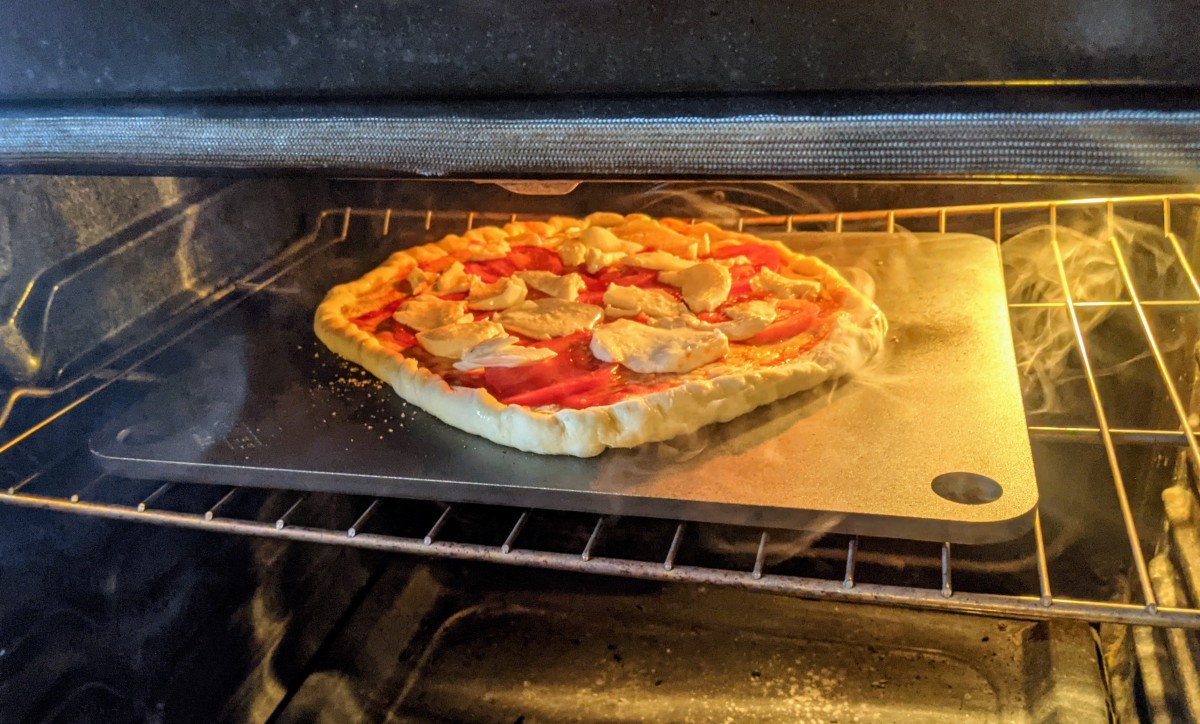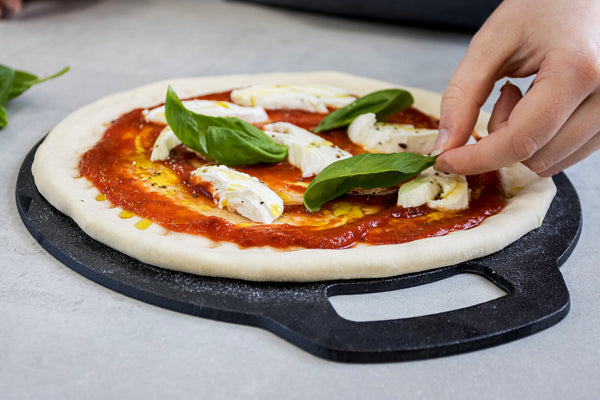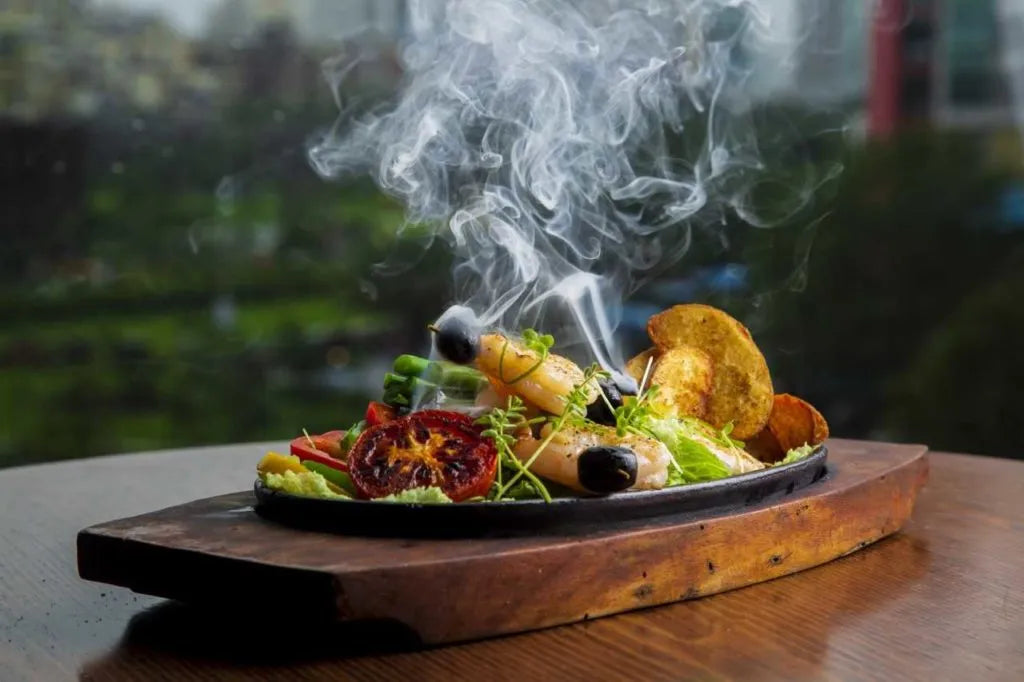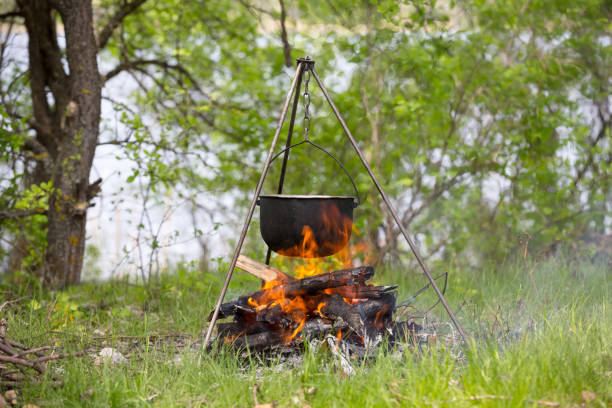Welcome to the fascinating world of baking, where we uncover the secret to achieving remarkable results through the effective utilization of heat transfer in baking stones. For kitchen professionals, mastering the intricacies of heat is essential to enhance culinary creations. In this discussion, we will explore how baking stones absorb and distribute heat, transforming the baking process.
Having a solid understanding of heat transfer principles can significantly boost your baking talents. Its important to recognize that baking stones, especially those crafted from cordierite and ceramic, play a crucial role in achieving that ideal crust and uniform bake. These stones, known for their impressive thermal properties, facilitate the transfer of heat from your oven to your baked goods.

What is Heat Transfer?
Before we get into the details, lets clarify the concept of heat transfer as it relates to baking stones. Essentially, heat transfer is the movement of thermal energy between different objects. In baking, this means the heat flows from the baking stone to your dough, providing an even distribution that results in a beautifully baked item.
Types of Heat Transfer in Baking
In the culinary realm, it's vital to understand the three main types of heat transfer: conduction, convection, and radiation. In the setting of baking stones:
- Conduction: This involves direct heat transfer from the stone to the dough, leading to that sought-after crispy crust.
- Convection: Hot air within the oven circulates and transfers heat to the stone, promoting even baking.
- Radiation: Heat emitted from the oven walls also contributes to warming the stone.
The Role of Baking Stones
Baking stones, often termed the chefs best-kept secret, serve multiple purposes that underscore their necessity in the kitchen. They not only conduct heat efficiently but also hold onto it, ensuring consistent baking even when the oven door is opened. As The Kitchn points out, baking stones can be utilized for various culinary endeavors beyond pizza.
Selecting the Right Stone
Choosing the right baking stone material is crucial. Cordierite and ceramic stones are favored for their durability and outstanding heat retention properties. Knowing your baking needs will assist you in selecting the ideal material.
Boosting Baking Efficiency
Maximizing the use of baking stones can significantly improve your kitchen efficiency. Preheating the stone is vital to unleash its full conductive potential. This process establishes a high-temperature environment, perfect for rapid heat transfer.
Furthermore, Chefs Resource's guide on utilizing Pampered Chef baking stones provides strategies to enhance your baking experience, resulting in professional-level outcomes.
Care and Maintenance
To maintain the effectiveness and longevity of your baking stone, proper care is essential. Steer clear of using soap, as it can seep into the porous stone. Instead, scrape off any residues with a brush or scraper, and allow it to air dry or wipe with a damp cloth.
Applying Heat Transfer Principles
Real-world examples illustrate how comprehending and applying heat transfer principles with baking stones can revolutionize your baking endeavors. Whether crafting artisanal bread or gourmet pizzas, professionals who master this knowledge can elevate their offerings, delighting taste buds with precisely baked goods.
If you're interested in further exploration of baking stones' versatility, check out Bucket of Bread for more insights that will enrich your culinary strategy. You can also discover ways to enhance your grilling experience with baking stones in our article on BBQ grilling.
Conclusion
In conclusion, mastering the art of heat transfer in baking stones is an essential skill for any culinary professional aiming to refine their baking techniques. By embracing this knowledge, you can elevate your cooking methods and achieve outstanding results.

FAQs
How does a baking stone influence pizza baking?
A baking stone promotes even heat distribution and creates a crispy crust, vital for achieving restaurant-quality pizza at home.
Why is it necessary to preheat a baking stone?
Preheating enables the stone to reach its optimal temperature for effective heat transfer, ensuring even cooking and optimal baking results.
Can baking stones be utilized for dishes aside from bread and pizza?
Definitely! From roasting vegetables to baking pastries, the Home Cooking Tech website elaborates on a variety of uses for baking stones, showcasing their versatility beyond traditional recipes.
This article contains affiliate links. We may earn a commission at no extra cost to you.






Leave a comment
This site is protected by hCaptcha and the hCaptcha Privacy Policy and Terms of Service apply.